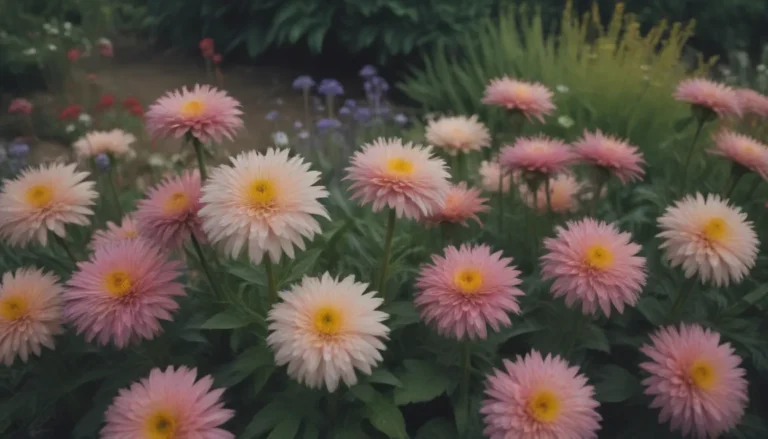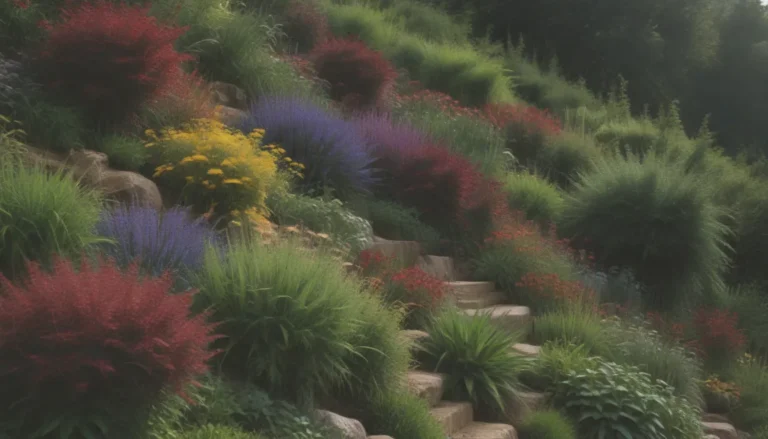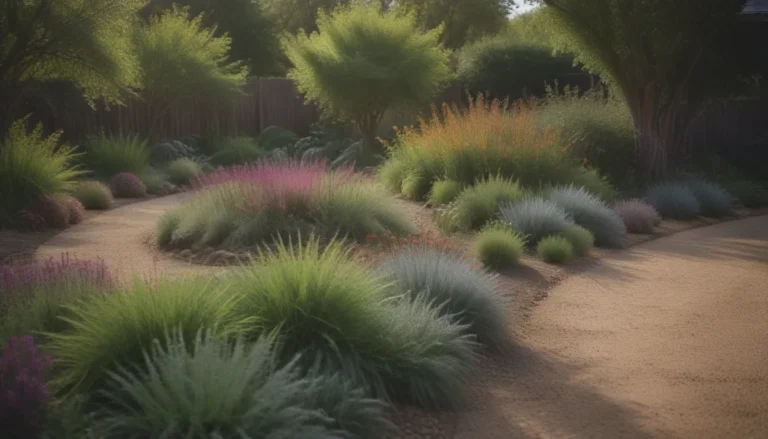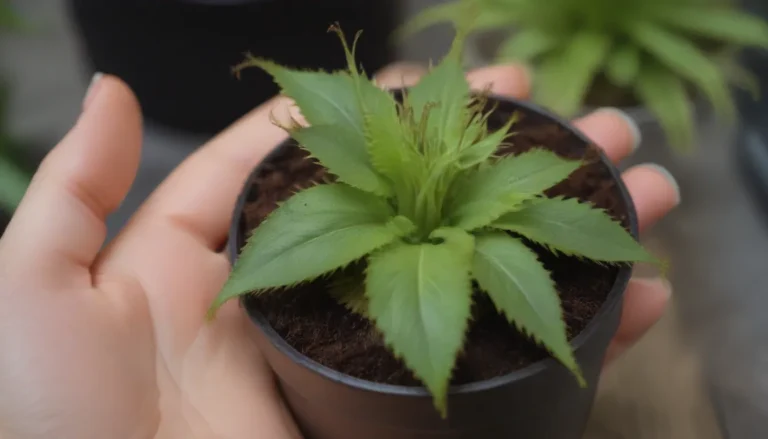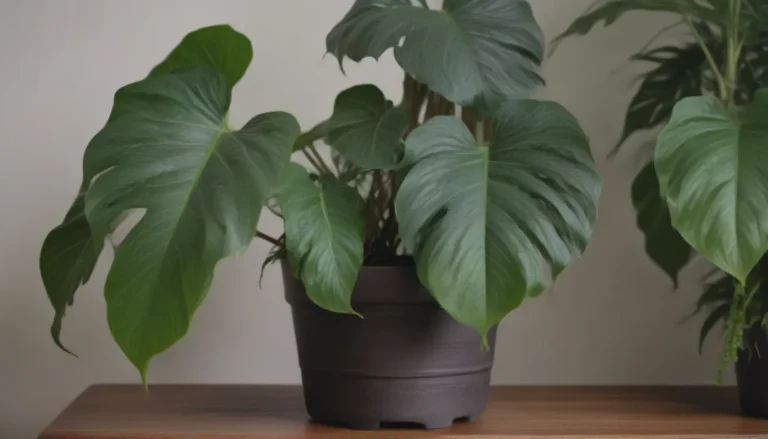A Comprehensive Guide to Growing and Caring for Jade Satin Pothos
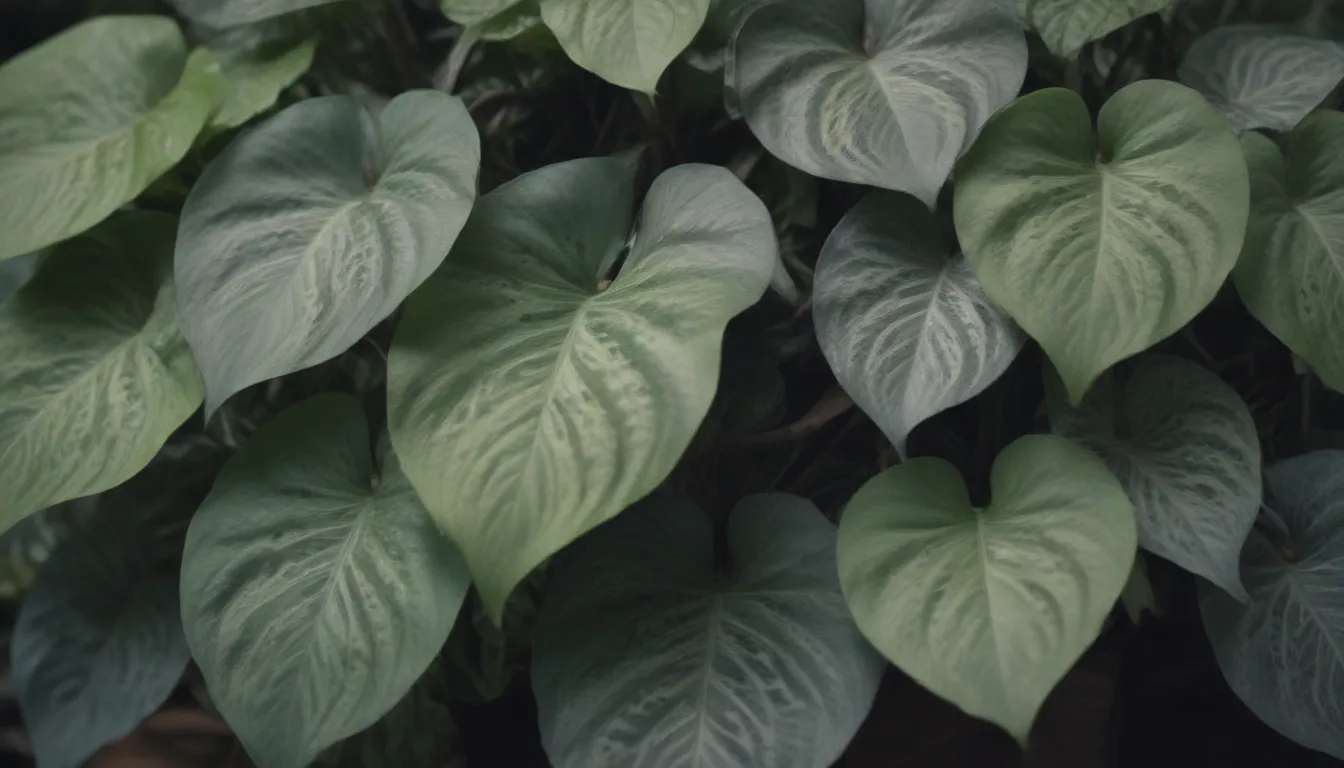
If you are a plant lover with a special affinity for pothos plants, you might want to consider adding the jade satin pothos (Scindapsus pictus ‘jade’) to your indoor garden. This unique variety belongs to the Scindapsus genus, setting it apart from the more common Epipremnum genus that includes golden pothos and marble queen pothos. Despite this difference, the jade satin pothos shares similar care requirements and appearances with traditional pothos plants, making it a valuable addition to any plant collection.
The jade satin pothos is adored for its stunning large, thick, heart-shaped leaves and deep green coloring. While it may be a bit harder to find and slightly pricier than other pothos varieties, it is not considered rare, and most plant shops and nurseries should have it in stock. However, it’s important to note that like all pothos plants, the jade satin pothos is toxic to pets if ingested, so caution should be taken if you have furry friends at home.
Getting Started with Jade Satin Pothos Care
Pothos plants, in general, are known for their resilience and ease of care, and the jade satin pothos is no exception. While it may have a few specific requirements, overall it is a low-maintenance houseplant that even those with a less-than-green thumb can successfully grow.
Light Requirements
One of the key factors in caring for jade satin pothos is providing it with adequate light. Unlike some pothos varieties that can tolerate low light conditions, the jade satin pothos thrives in bright, indirect light. Avoid placing it in direct sunlight, as this can cause leaf burn. If the plant doesn’t get enough light, it may develop stunted and leggy growth.
Soil and Watering
Choosing the right soil mix is crucial for the health of your jade satin pothos. Opt for a well-draining mix that is rich and airy. A blend of indoor potting soil, perlite, and orchid bark mix works well for this plant. When it comes to watering, allow the top two to three inches of soil to dry out between waterings to prevent overwatering and root rot. Use your finger or a moisture meter to check the soil before giving your plant a drink.
Temperature and Humidity
As a tropical plant, the jade satin pothos thrives in warm temperatures and moderate to high humidity levels. Aim to keep the temperature between 60 to 85 degrees Fahrenheit (15 to 29 degrees Celsius) for optimal growth. While average household humidity is usually sufficient, avoid placing the plant near drafty windows or air vents that can dry out the air and harm the plant.
Fertilizing
During the active growing season (spring and summer), feed your jade satin pothos with a balanced liquid fertilizer every three to four weeks to support healthy growth. Stop fertilizing in the fall as the plant enters a dormant phase.
Pruning and Propagating Your Jade Satin Pothos
While pruning is not necessary for jade satin pothos, it can help control its growth and shape. If you choose to prune, do so during the plant’s active growing period in spring and summer. Avoid removing more than a third of the plant’s stems at once and use sharp, clean pruning shears for the job. You can propagate new plants from stem cuttings, making it a cost-effective way to expand your collection.
Repotting and Maintenance Tips
Repot your jade satin pothos every two to three years or when it outgrows its current container. Spring and summer are the best times for repotting, as the plant is in its growing phase. Choose a new pot that is only slightly larger than the current one and refresh the soil during repotting to provide fresh nutrients for the plant.
Common Pests and Potential Issues
While the jade satin pothos is relatively resistant to pests and diseases, it’s important to keep an eye out for common houseplant invaders like spider mites, mealybugs, and fungus gnats. Regularly checking your plant can help detect any issues early on. Overwatering can lead to root rot, a common problem with pothos plants. If you notice signs of root rot, repot the plant immediately and trim any affected roots.
Troubleshooting Common Problems
- Yellow Leaves: Yellow leaves can indicate a variety of issues, including underwatering, lack of light, pest infestations, overwatering, and low humidity. Investigate the plant’s environment to pinpoint the cause.
- Brown Leaves: Brown leaves are often caused by low humidity or excessive sunlight exposure. Keep your plant away from direct sun and drafty areas to prevent leaf burn.
- Stunted Growth: If your jade satin pothos is growing slowly, it may need more light or fertilization. Adjusting these factors can help promote healthier growth.
Key Differences Between Jade Satin Pothos and Jade Pothos
While the names may sound similar, jade satin pothos and jade pothos are distinct plants with unique characteristics. The jade satin pothos (Scindapsus pictus ‘Jade’) features thicker, heart-shaped leaves, while the jade pothos (Epipremnum aureum ‘Jade’) has thinner, elongated leaves. Understanding these differences can help you identify and care for each plant properly.
In conclusion, the jade satin pothos is a stunning addition to any indoor garden, offering lush foliage and easy care requirements. By providing the right conditions in terms of light, soil, water, and maintenance, you can enjoy a thriving jade satin pothos plant that adds beauty to your living space. Keep an eye out for potential issues, and your plant will reward you with vibrant growth and a touch of nature indoors.
Reference:
American Society for the Prevention of Cruelty to Animals. “Satin Pothos.” Aspca.org. N.p., n.d. Web.
